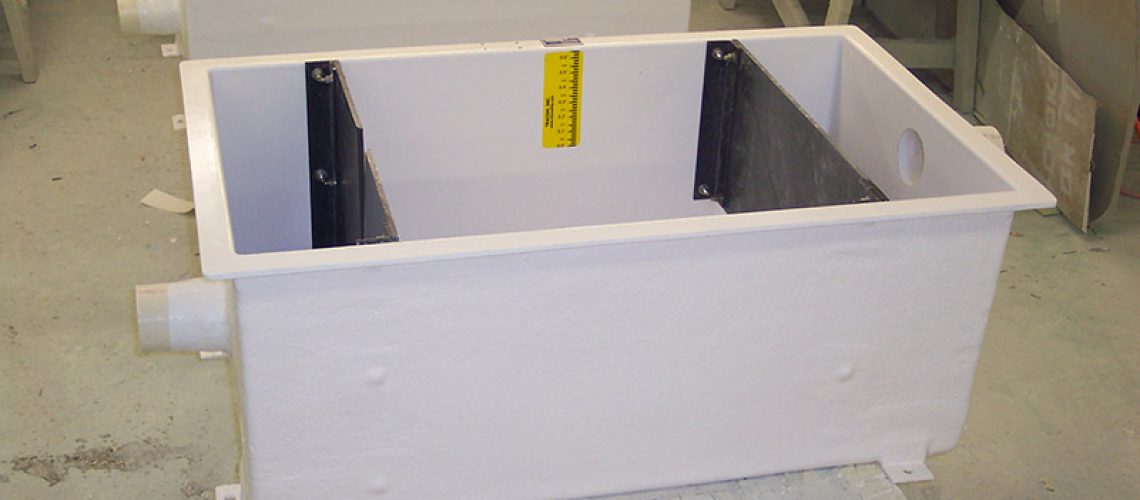Weir boxes are among the best solutions for measuring flow rate in open channel systems, but that’s just the beginning. Even after deciding you want a weir, you’ll still have to sort through the various different types available to find the best fit for your unique needs. Learn all about selecting the right weir and discover the most important differences between the various types that you need to keep in mind.
Triangular
A triangular weir is also known as a V-notch weir and is among the best options if you’re looking to measure low flows. Keep in mind that most weir types are defined by the kind of notch they have. With a V-notch, any flows with a discharge of less than 1 CFS can be measured with pinpoint accuracy, provided all necessary conditions are met, though a triangular weir can be effective on anything up to 10 CFS. You’ll find quite a bit of variation among triangular weirs as well, with notch angles ranging from 20 degrees all the way to 120 degrees.
Contracted
Rectangular weirs are unique in that they come in two subtypes. The first is a contracted rectangular weir. A contracted weir essentially means that the edge of the crest is different from the sidewalls of the channel. These weirs are capable of handling higher flows than their V-notch counterparts are capable of, but you’ll have to deal with a much more complex discharge equation compared to virtually any other type of weir. Essentially, if you have a channel that’s suitable for weirs with a high flow rate, a contracted rectangular weir is your best bet.
Suppressed
Suppressed rectangular weirs feature crests in which the sidewalls of the channel and the weir ends are the same. While they can handle the same wide range of flows as contracted regular weirs can, they’re a lot easier to build and install. Plus, the discharge equation is relatively simple. You just have to make sure that the nappe is properly aerated with this type of weir. While that’s essential for any weir, it can be a bit tricky with the suppressed rectangular design.
Cipolletti
The Cipolletti design is unique in that it’s one of the few named after its designer rather than the shape of the crest. This design is most similar to a contracted rectangular setup, but the notch ends angle out a bit at a 4:1 ratio. The discharge equation is also simplified, but it tends to be less accurate than both triangular and rectangular weirs. In most cases, the Cipolletti design is used in conjunction with another design for targeted flow rates in a combination setup.
Weirs from Tracom
No matter what kind of weir you’re looking for, Tracom is happy to help. When it comes to selecting the right weir, our experts can work with you to find the best solution for your unique open channel flow conditions. That includes designing a specialized weir uniquely suited to your conditions, ensuring you get the accurate measurements you deserve. Contact us today to take the first step towards having a reliable weir.



